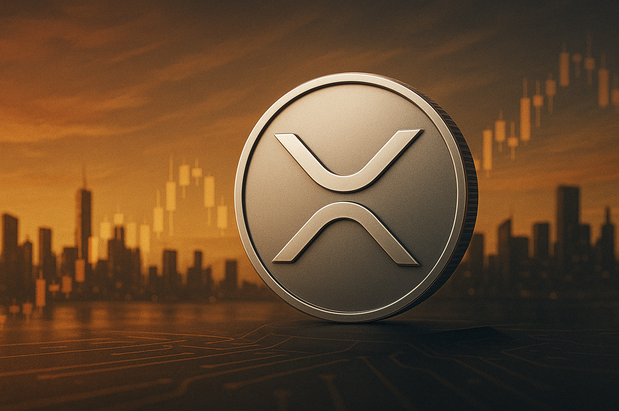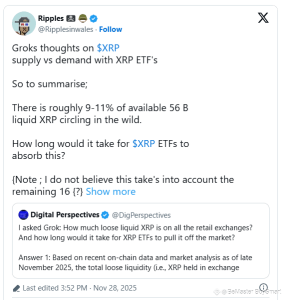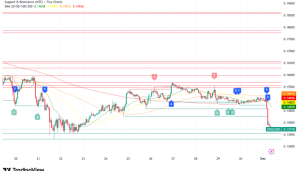Unlocking Opportunities: The Strategic Benefits of Investing in XRP

XRP, the native cryptocurrency of the Ripple network, has increasingly attracted investor attention due to its unique utility, speed, and cost-efficiency in cross-border payments. Unlike other digital assets primarily used for speculation, XRP is designed for real-world financial applications, enabling rapid, low-cost international money transfers. Investors are drawn to XRP for portfolio diversification, exposure to blockchain-based payment infrastructure, and its potential role in institutional adoption. Regulatory clarity, strategic partnerships with banks and payment providers, and ongoing technological development further enhance XRP’s investment appeal, positioning it as a bridge between traditional finance and the evolving digital asset ecosystem.
Faster and Cost-Efficient Transactions
One of XRP’s primary advantages is its ability to settle transactions almost instantly, often in seconds, with minimal fees. This feature addresses one of the main inefficiencies of traditional cross-border payment systems, which can take days and incur substantial costs. Investors see this efficiency as a strong indicator of real-world adoption potential, distinguishing XRP from cryptocurrencies with limited practical utility.
Financial institutions and payment providers can leverage XRP to streamline liquidity management and improve transaction transparency, creating a foundation for sustainable demand that can support price stability over time.
Portfolio Diversification and Strategic Exposure
XRP offers investors a means to diversify digital asset portfolios beyond Bitcoin and Ethereum. Its use case in the financial sector provides exposure to payment infrastructure rather than purely speculative assets, offering a unique risk-return profile.
Investing in XRP allows participation in the growth of blockchain-based financial networks while mitigating reliance on volatility-driven market movements typical of purely speculative cryptocurrencies. Analysts suggest that such exposure can serve as a strategic hedge in an increasingly digital economy.
Institutional Adoption and Strategic Partnerships
Ripple, the organization behind XRP, has established partnerships with banks, payment processors, and financial institutions worldwide. These collaborations enhance XRP’s credibility and support its adoption as a medium for cross-border settlements.
Institutional adoption provides investors with confidence that XRP has utility beyond retail speculation. As financial institutions integrate XRP into their operations, demand for the cryptocurrency may increase, reinforcing its long-term investment potential.
Regulatory Clarity and Market Stability
XRP’s regulatory positioning is gradually becoming clearer, particularly in jurisdictions that recognize its role in facilitating payments rather than functioning solely as a security. Regulatory clarity reduces uncertainty, making XRP more appealing to cautious investors who prioritize legal compliance alongside technological innovation.
By navigating regulatory frameworks effectively, XRP establishes a foundation for sustained market activity, mitigating risks that often hinder other cryptocurrencies.
Conclusion
Investing in XRP offers a blend of practical utility, portfolio diversification, and exposure to institutional-grade blockchain infrastructure. Its fast, low-cost transactions, strategic partnerships, and evolving regulatory clarity position XRP as a compelling digital asset with long-term growth potential. For investors seeking both innovative technology and real-world applicability, XRP represents a bridge between traditional finance and the emerging digital economy, offering unique opportunities in an increasingly digitized financial landscape.




